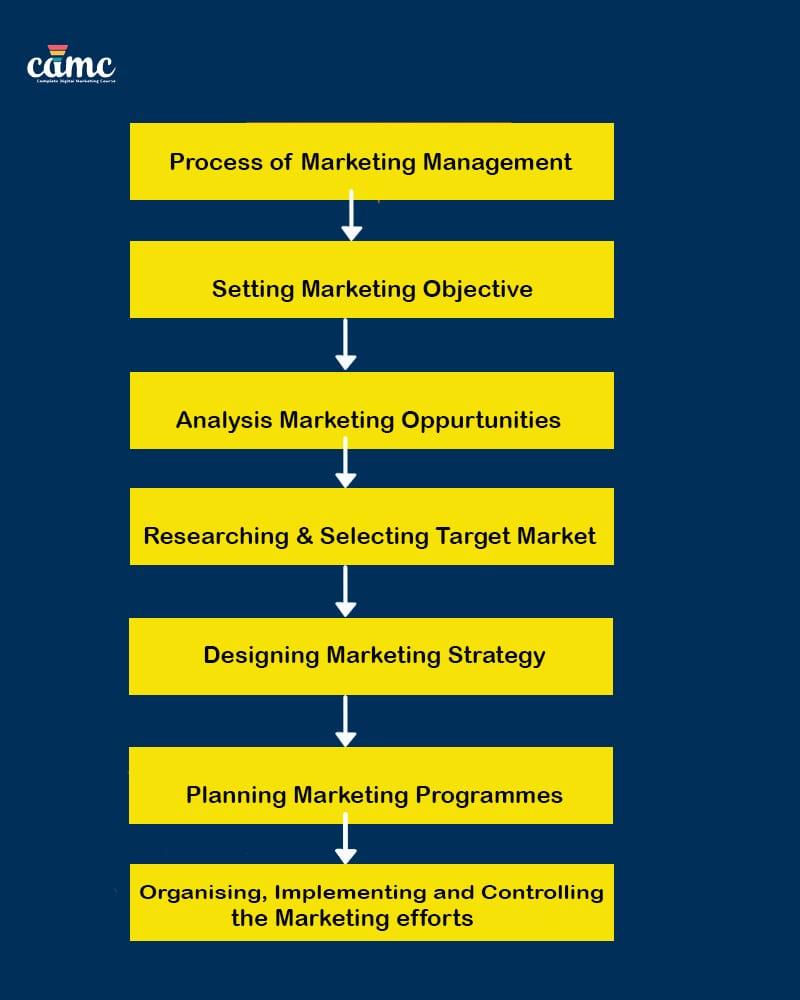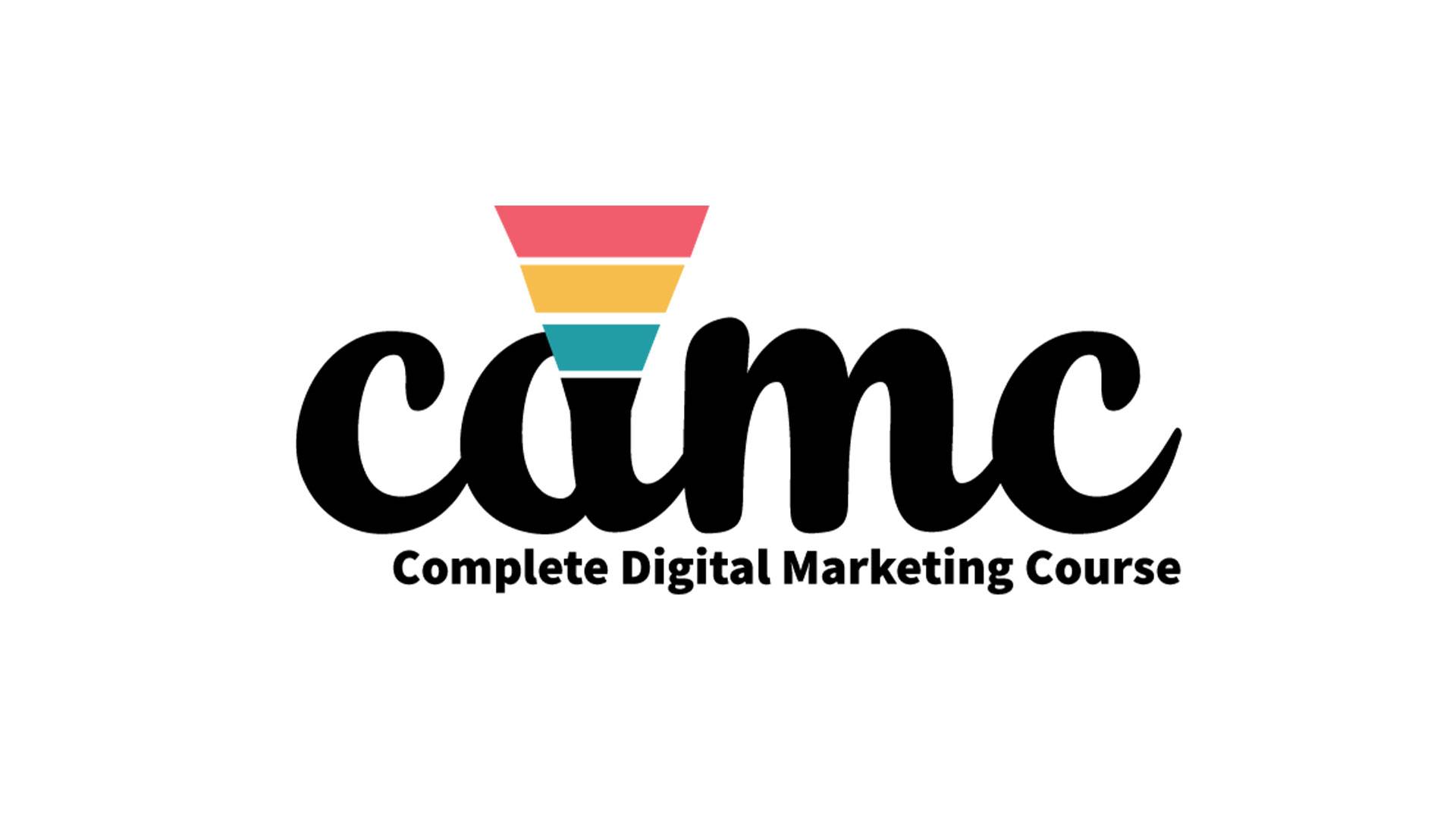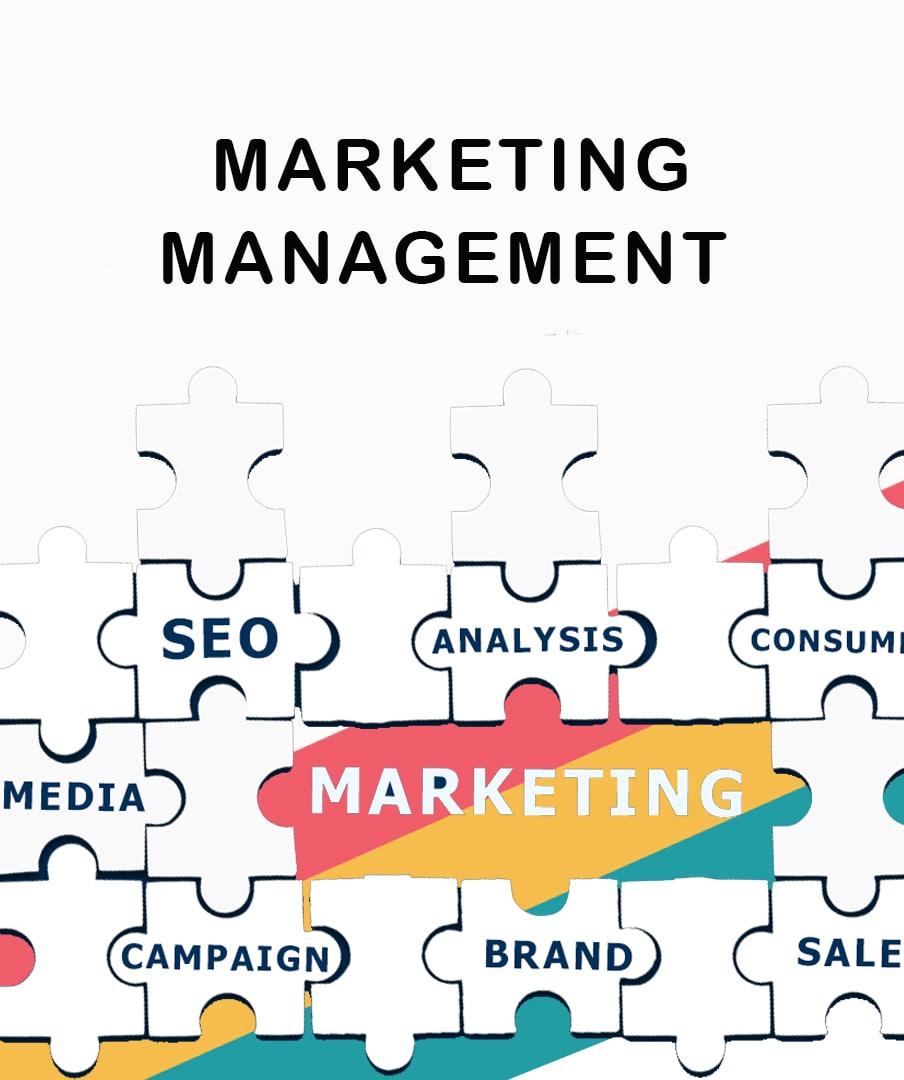Description
Table Content
1. An Introduction to Marketing Management
o What is marketing management?
o Why is marketing management important?
o Objective
o What are the process of Marketing Management?
o Traditional V/s Modern Concept
o What is target audience.
What is Marketing Management
Marketing Management is the process of planning, executing, and tracking the marketing strategy of an organization. This includes the marketing plan, campaigns and tactics used to create and meet the demand of target customers to drive profitability.
Philip Kotler defines marketing as “the science and art of exploring, creating and delivering value to satisfy the needs of a target market at a profit.
Why is Marketing Management important?
Businesses need marketing management because it assures successful consumer involvement, product attractiveness, and focused campaigns that can boost sales and accomplish organizational goals. Without effective management, you could spend years getting a product ready to market but still run into a number of obstacles.
Marketing management makes sure you know what your customers want right away, right down to color schemes and packaging. Without it, you might discover that clients aren’t even drawn to your goods.
The proper procedures guarantee that your product or service reaches your target market via the proper channels at the appropriate time after spending a lot of effort preparing it for distribution. Effective marketing management can transform your company from mediocre to profitable. When a team is able to examine data, this can be accomplished.
Objective
All businesses have two major goals: to meet consumer wants and maximize profits. In a similar vein, marketing management seeks to successfully achieve these corporate goals. The following are some of the fundamental goals of marketing management:
1) Attracting New Clients: The main goal of a marketing manager is to attract new clients for the company’s goods. Managers employ a variety of strategies, including advertising, sales promotion, etc., to draw in new clients. This goal aids in the organization’s increased revenues.
2) Fulfilling client Wants and Needs: Marketing managers should thoroughly assess client demands in order to satisfy them with their goods and services. All of marketing management’s marketing initiatives are customer-focused.
3) Improving Business Profitability: The Marketing Department is the Organization’s Primary Revenue Source. The marketing division’s output and profitability guarantee the organization’s long-term success and existence. Profitability is one of the main objectives of marketing management, and it may be ensured by having large sales volumes.
4) Raising Standards of Living: Raising people’s standards of living is another important goal of marketing management. In order to introduce a wide variety of goods and services to the consumers, marketing uses a variety of cutting-edge tactics and marketing research.
5) Managing the Marketing Mix: The term “marketing mix” describes how the four fundamental components of marketing—the “4 Ps”—are combined. Marketing management facilitates efficient planning
What are the processes of marketing management?

The broad marketing strategies by themselves are insufficient to achieve the organizational objectives, hence marketing programs must be designed. The organization needs efficient marketing programs in order to carry out marketing plans and accomplish company objectives.
Setting Marketing Objective :- Establishing marketing objectives is the first stage in the marketing management process.
Analysis Marketing Objective :-The following phase involves analyzing various marketing opportunities in light of the organization’s internal and external strengths and disadvantages.
Researching and selecting Target Market :-After examining the opportunities, a target market is chosen and research is done. Understanding how the attractiveness of a certain market can be determined is crucial for choosing a target market.
Designing Marketing Strategies This is where a company’s marketing plan is created with the target markets in mind. The strategy reflects the organization’s overarching approach for attaining its marketing or business goals.
TRADITIONAL CONCEPT vs. MODERN CONCEPT
- Traditional marketing starts from production and ends with sale but modern marketing includes planning, product, price, promotion, place, people, after sale service etc.
- Traditional marketing concentrate on favourable products, but modern marketing concentrates on customer needs, wants and satisfaction.
- In traditional marketing, only those products are sold which the producer produces. No focus is laid on consumer preference. On the other hand, modern marketing indulge in production only after analysing consumer demands.
- Traditional marketing is product and production oriented while modern marketing is consumer oriented.
- The target of traditional marketers was to earn maximum profit by maximizing sales. But, the main motive of modern marketers is to earn profits through satisfaction of consumer needs.
- The principle of traditional market was “caveat emptor” i.e., “let the buyer beware”. Whereas, the principle followed by modern market is “caveat venditor” i.e., “let the vendor beware”.
What is the target audience?
- This course is intended for anyone interested in learning to master his or her own body.
- This course is aimed at beginners, so no previous experience with hand balancing skillts is necessary
CURRICULUM
Section 1: Introduction to Handstands
Section 2: Reference Material, Moodboards and Mind Mapping
Wrist Strengthening
While your wrists will certain get stronger from practice and grow accustomed to the stress of the skill, a basic amount of wrist strengthening exercises for several weeks can only help things. I’d recommend working wrist curls and reverse wrist curls for around 6-10 reps for 3 sets. I also strongly recommend trying some sledgehammer levering. Work in 2-3 sets of 3-5 reps. In particular, exercises 1 and 3 are fantastic for building wrist strength and they are much harder than they look! Start with them to get the hang of sledgehammer work before you progress to the other two exercises. I don’t want somebody putting a hole through their floor or their face because they rushed things!Section 3: Sketching out Ideas
- The main objective to the sketching process is to generate super rough thumbnail sketches of what we feel best visually communicates the highlighted words from our mind maps.
- Take as much time as you need for this step — this might be 10 minutes or it might be 10 days.
- Personally, I like to work quickly and try not to analyze or elaborate too much.
- Now, that doesn't mean you should only create a handful of sketches.
- Even though this step only took a couple of hours, I was still able to put over 100 thumbnails on paper.
- The whole point of this process is to flush out the bad ideas and narrow down the good ones until we find that one layout that really speaks to us.
- Also, keep in mind the project brief and have your list in front of you as a reference to avoid getting sidetracked.
- Remember—detail is not needed. Simply flush out the bad ideas and find a great direction.
- Once I feel I have a good direction with the sketches, I'm now ready to take a quick photo with my phone and import it into Illustrator.


There are no reviews yet.